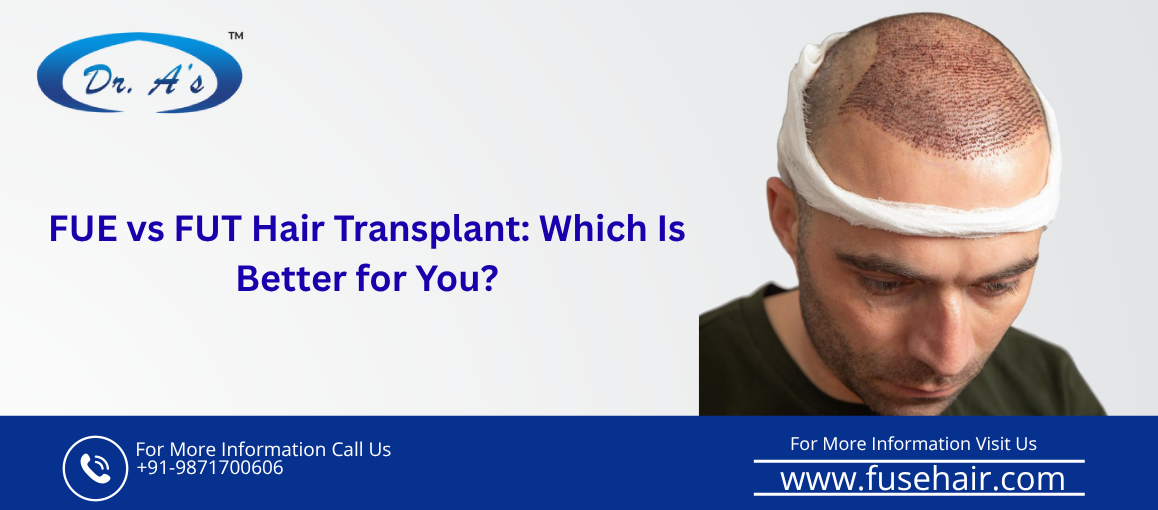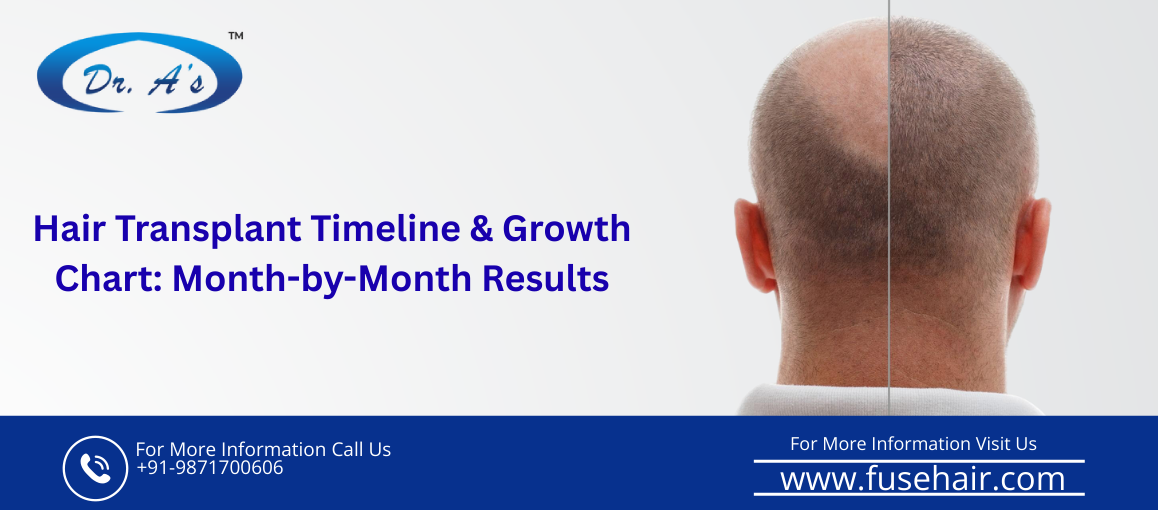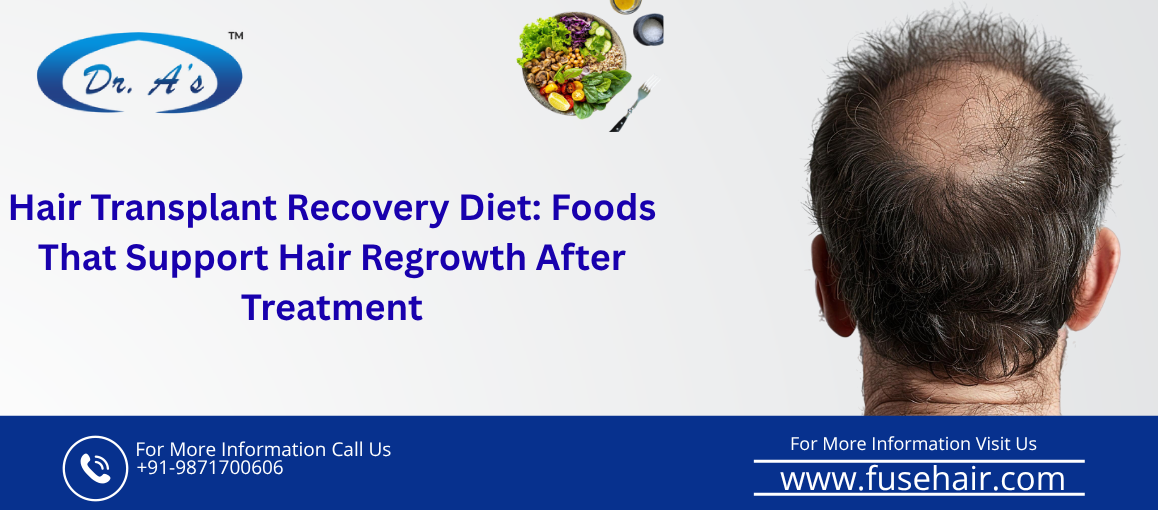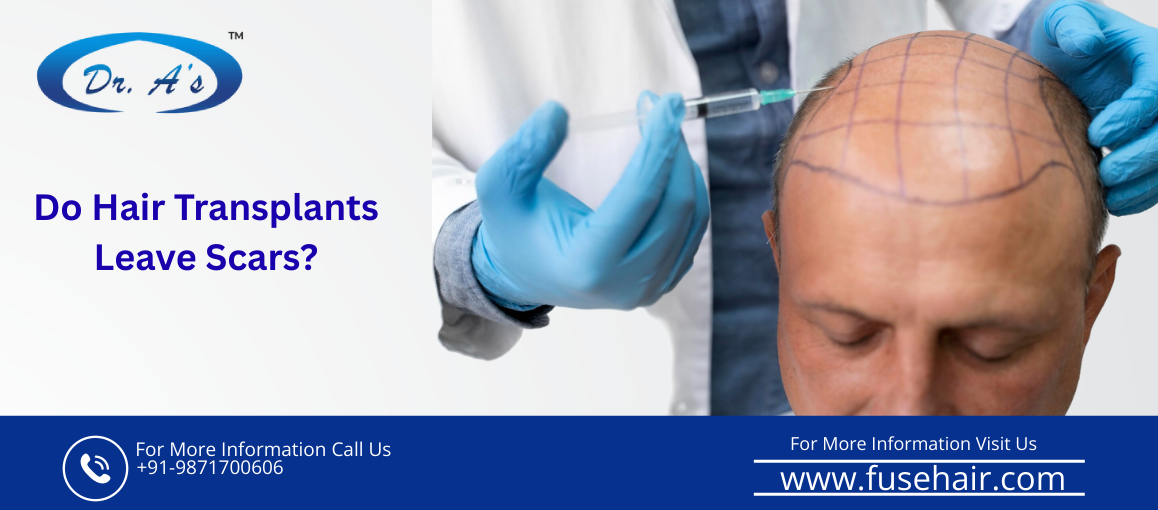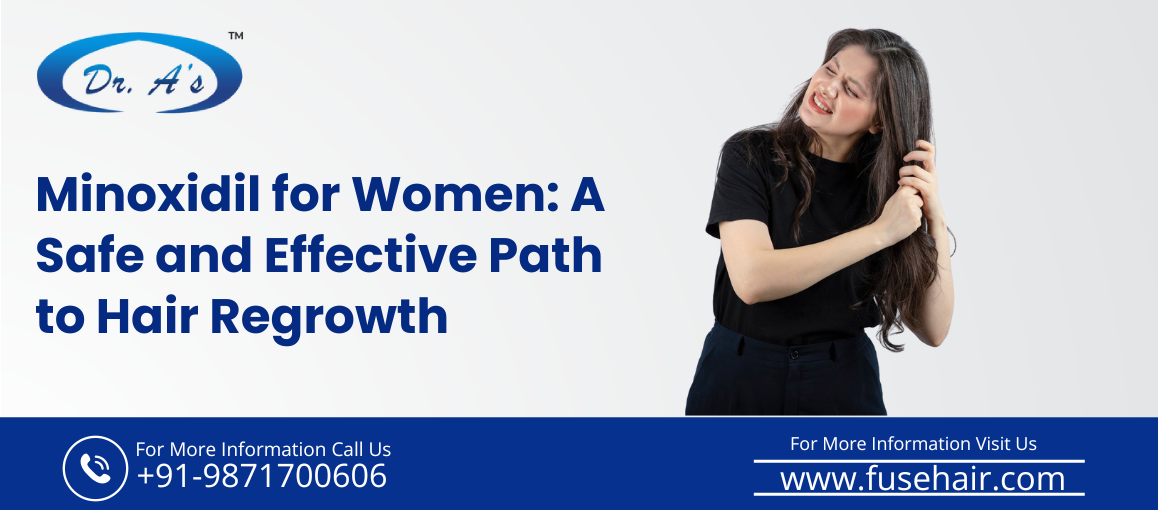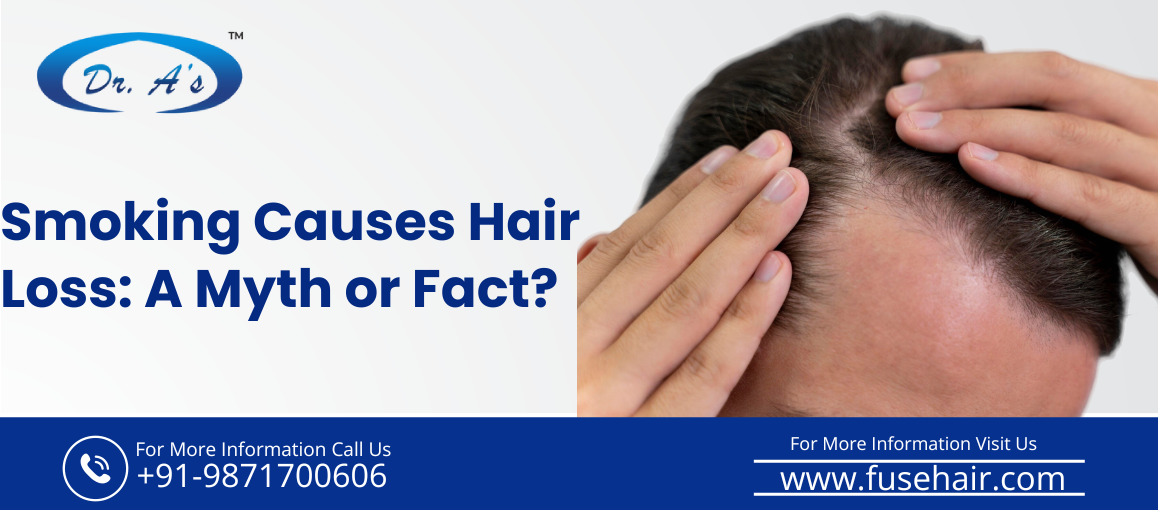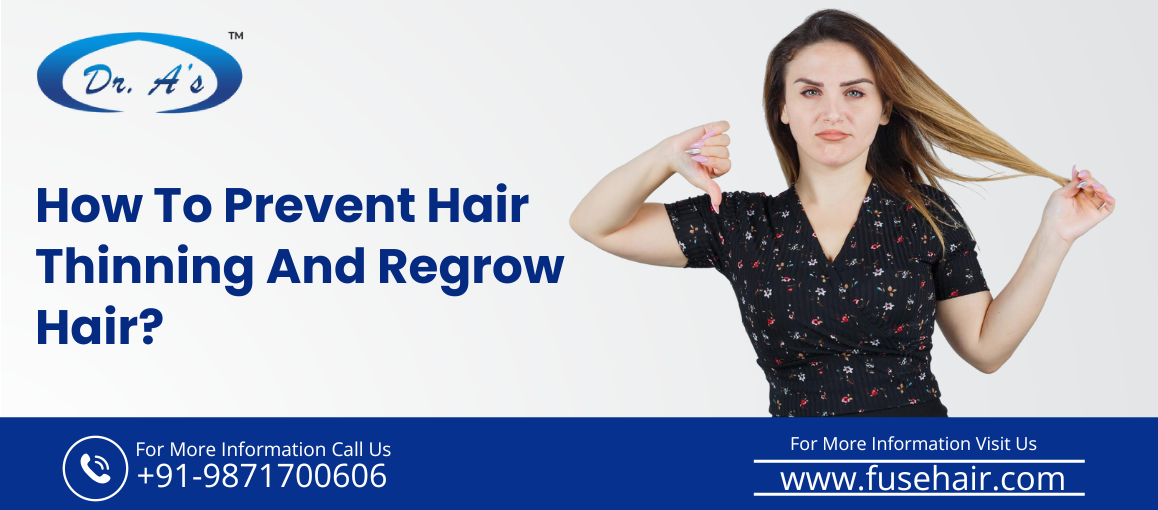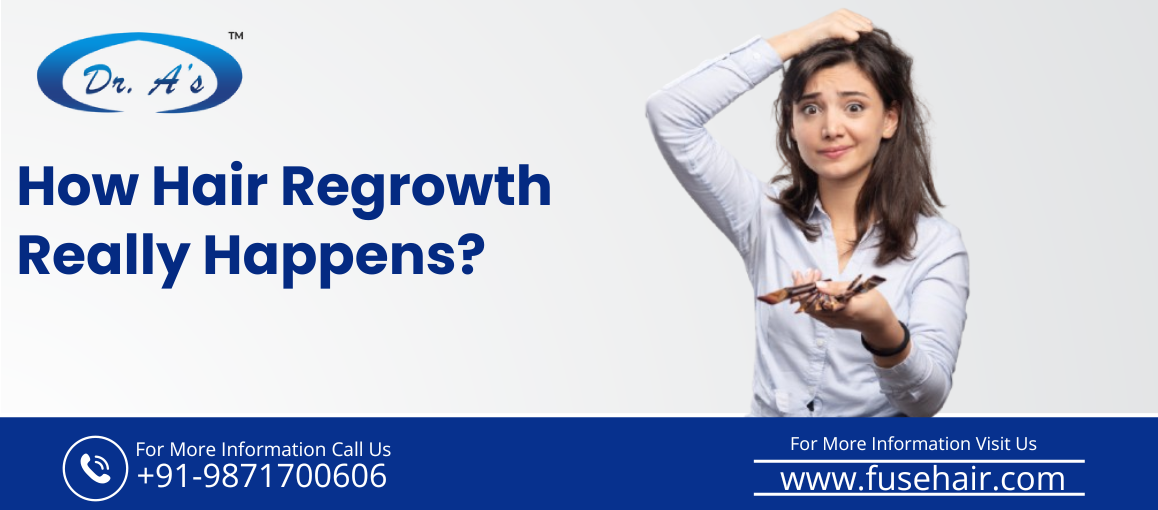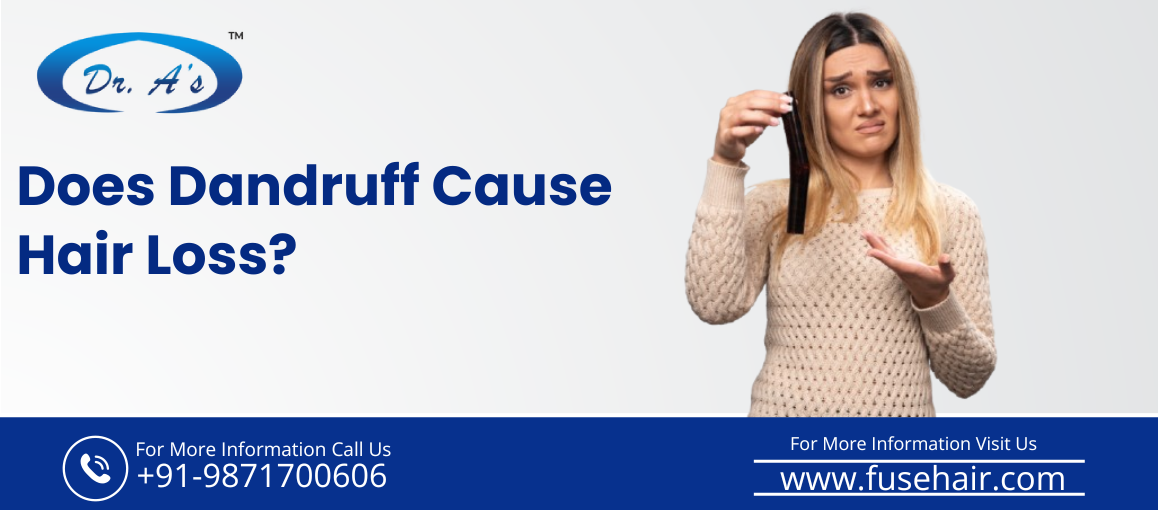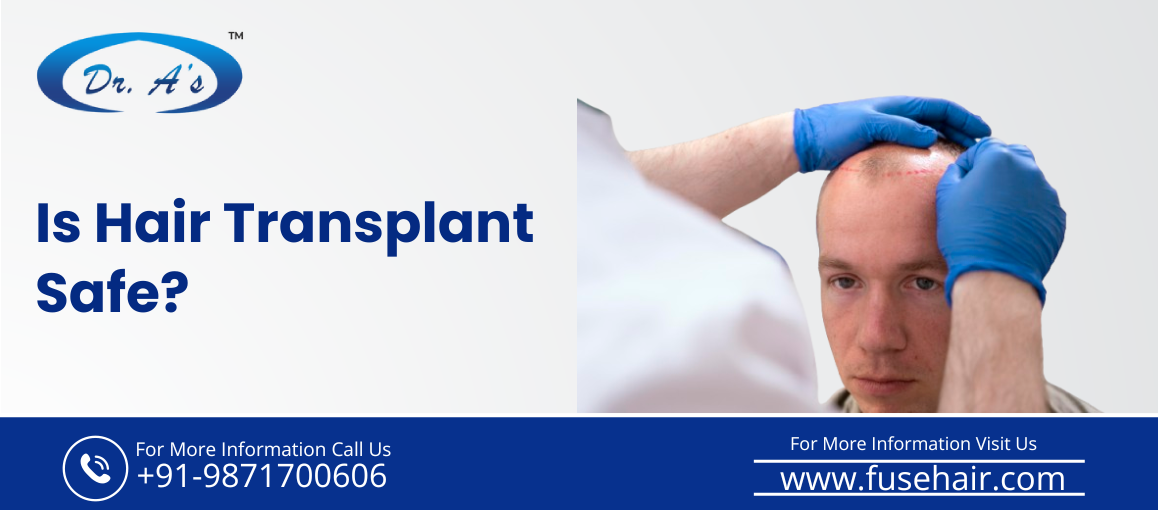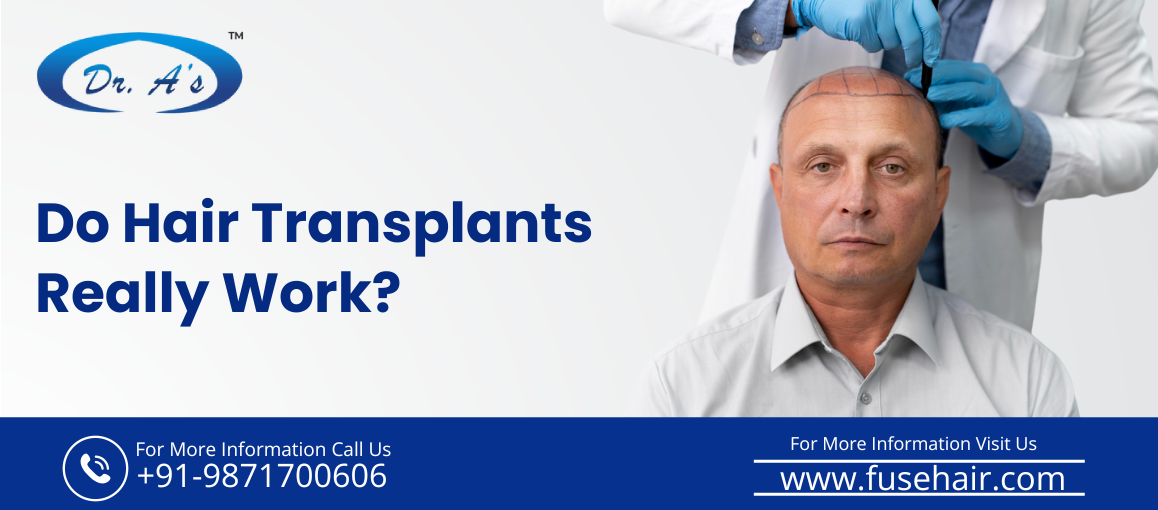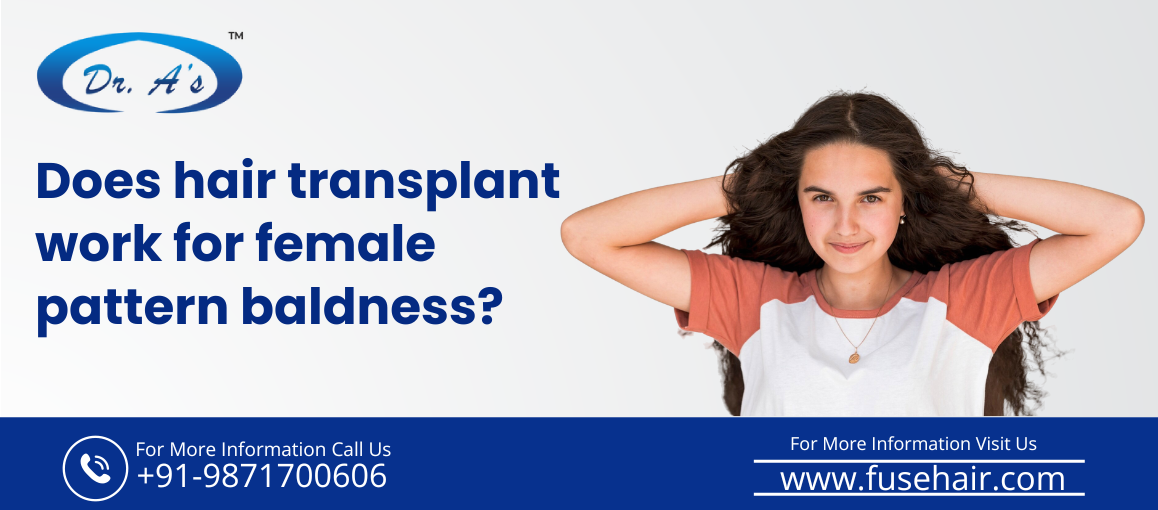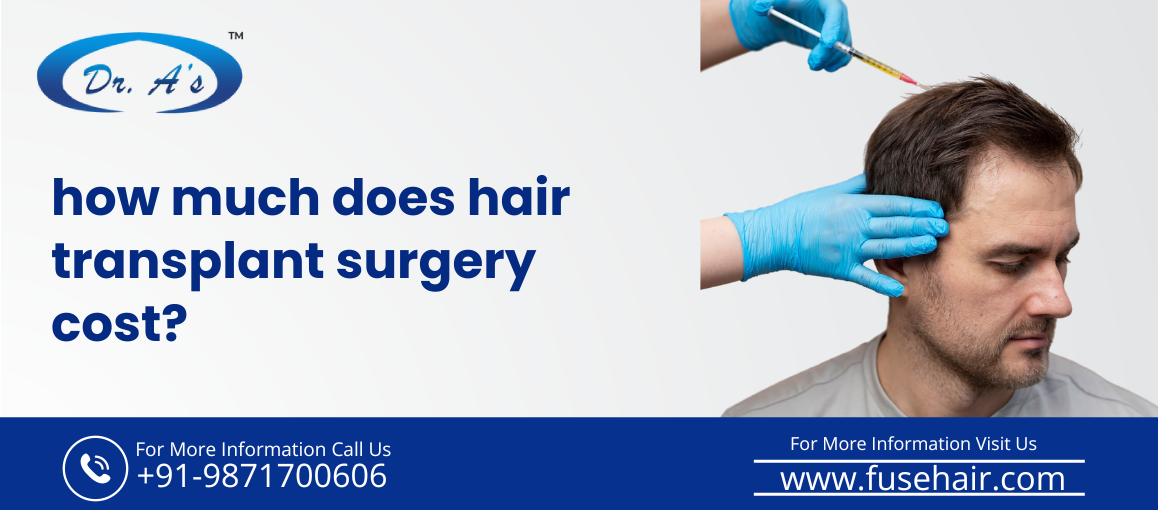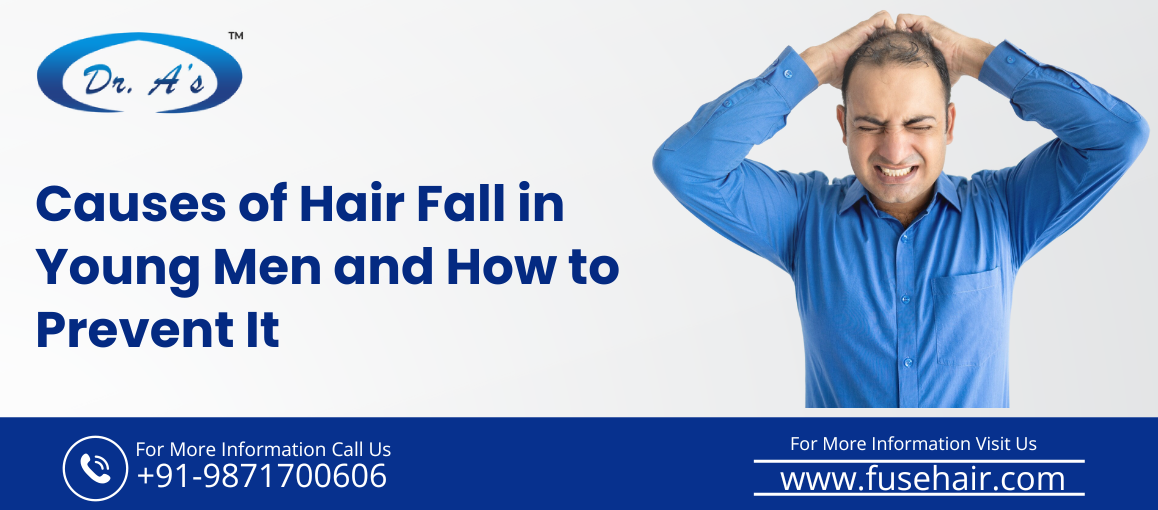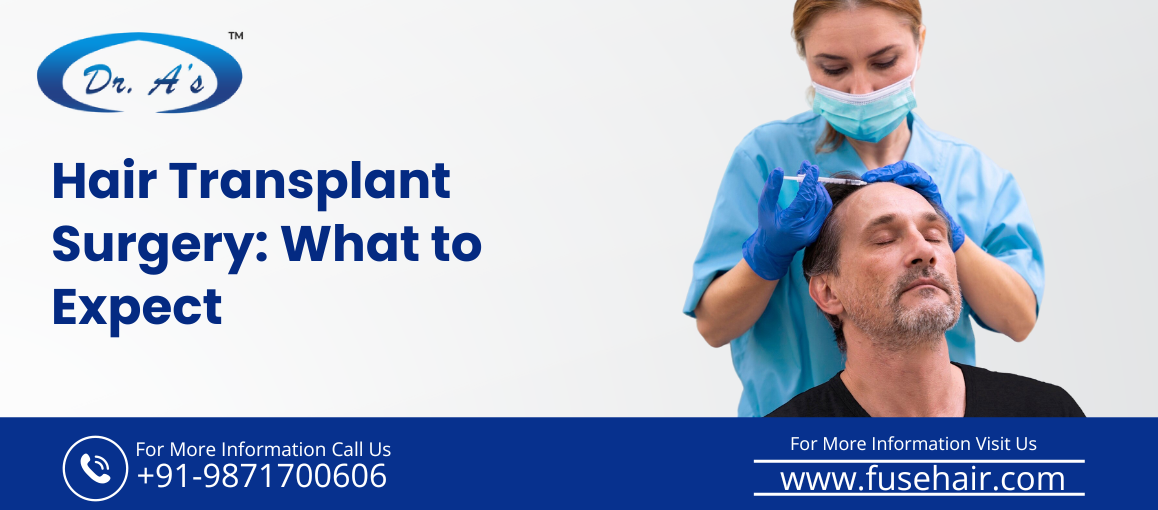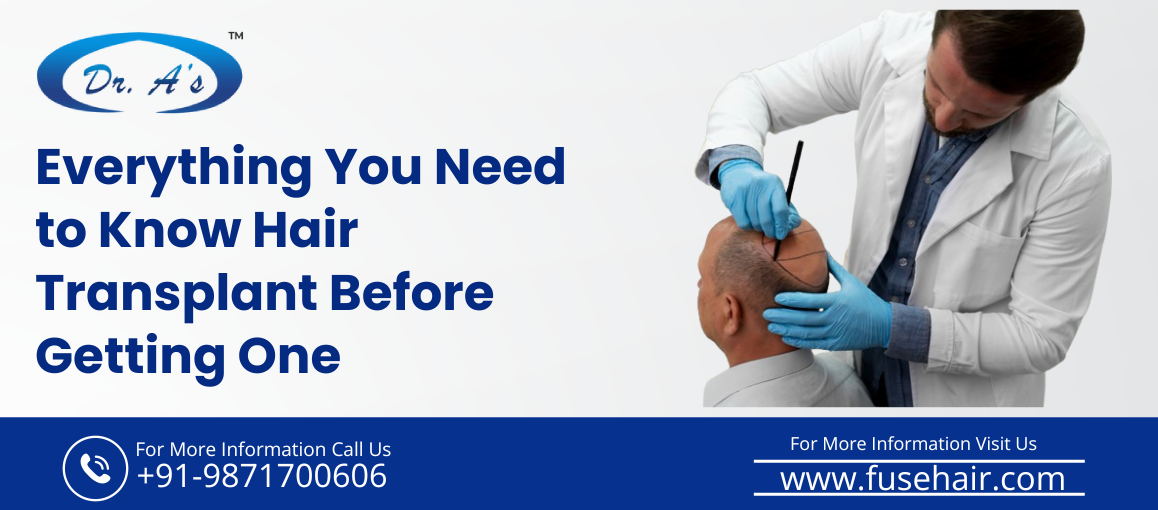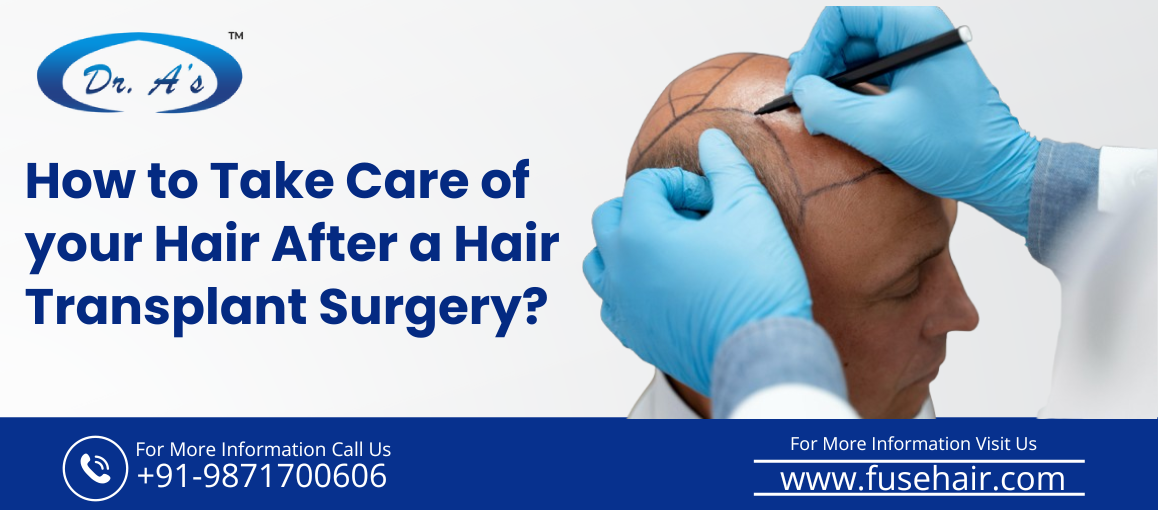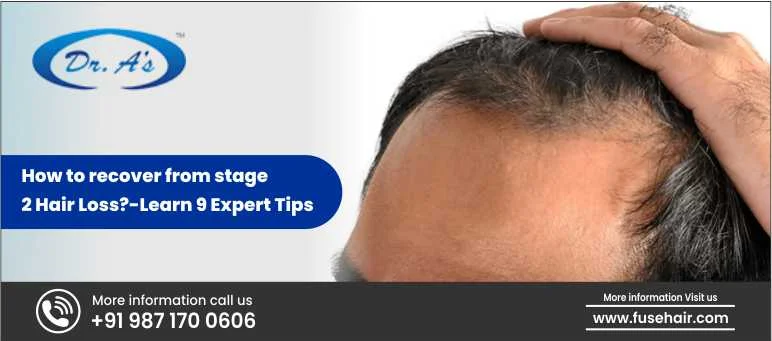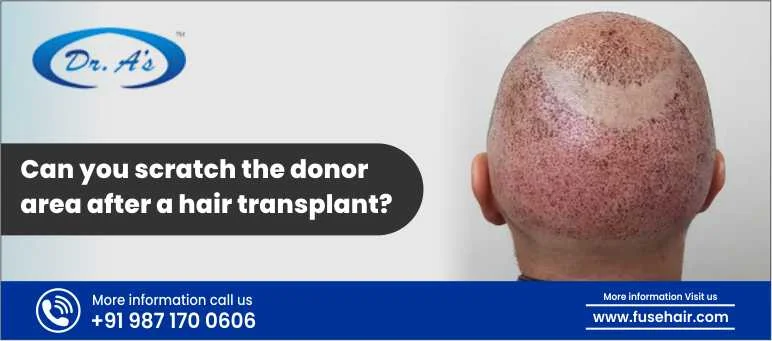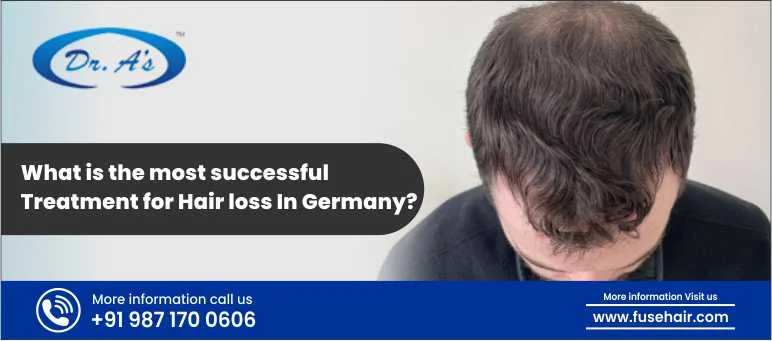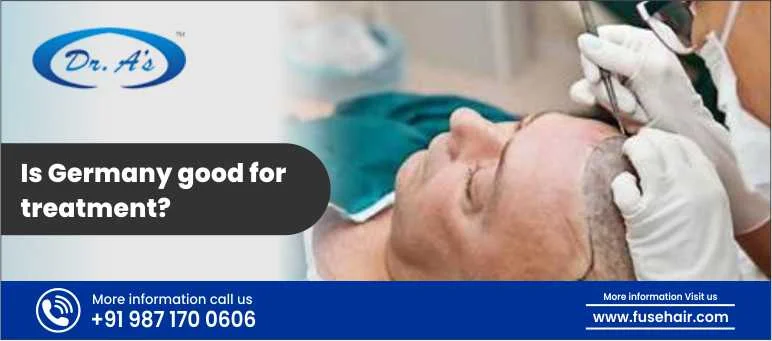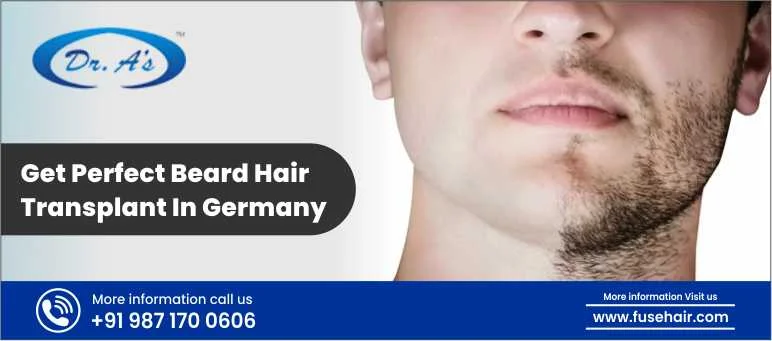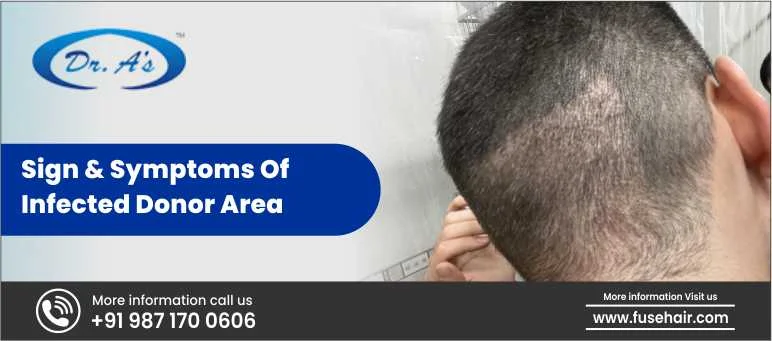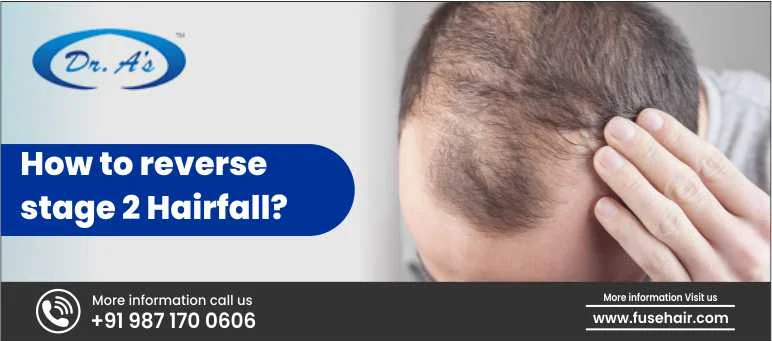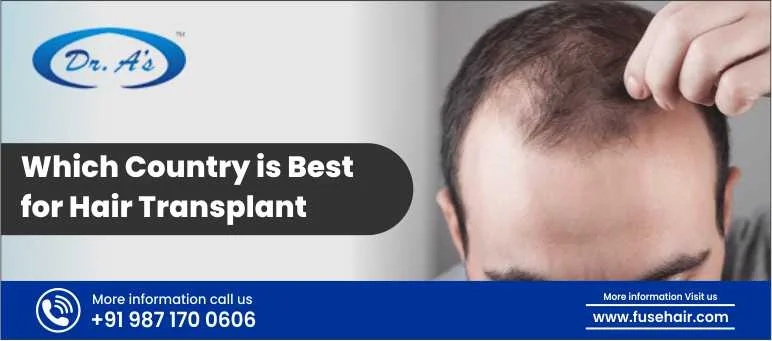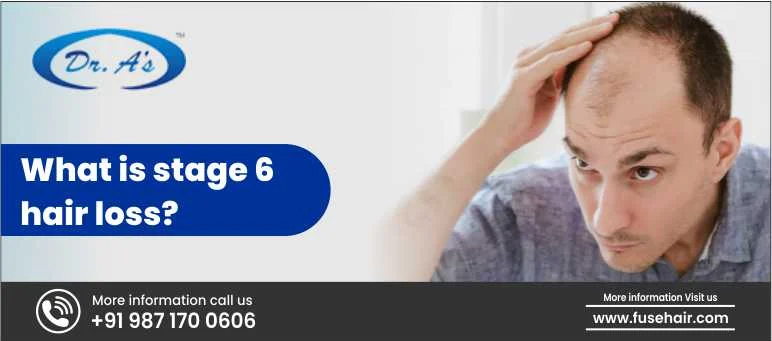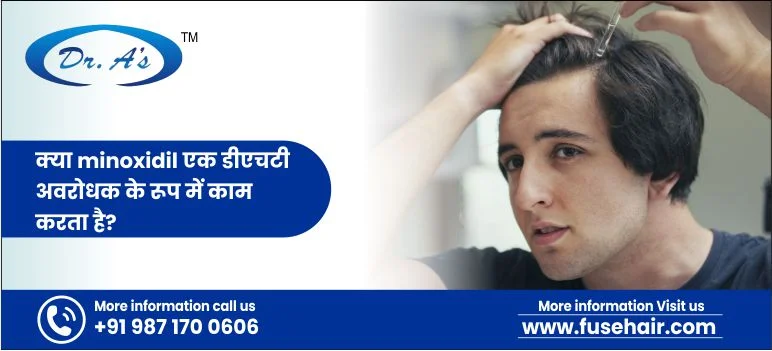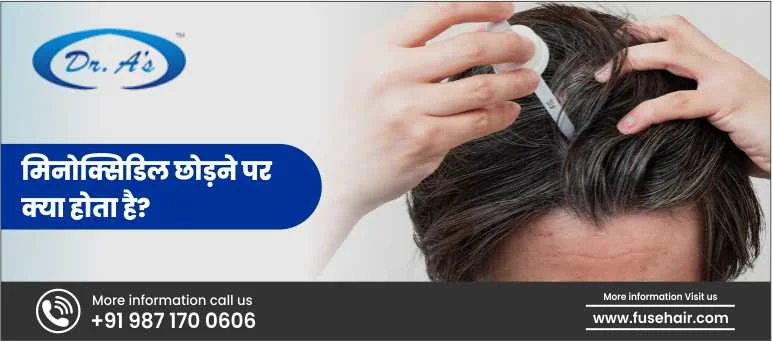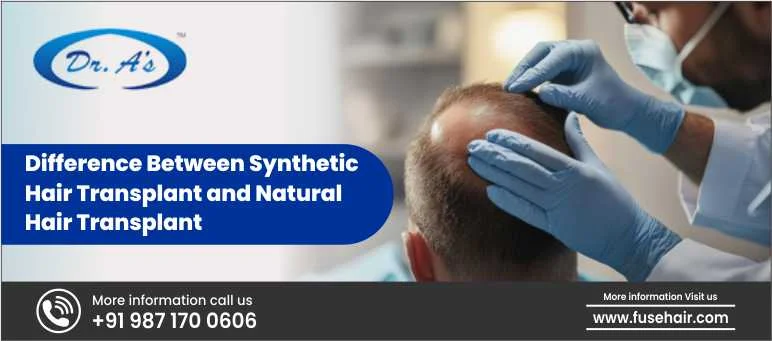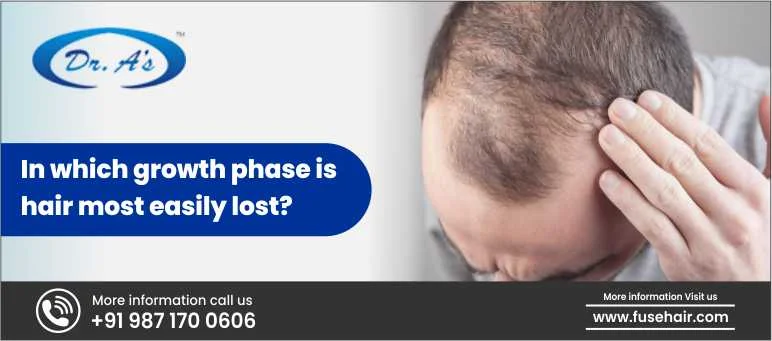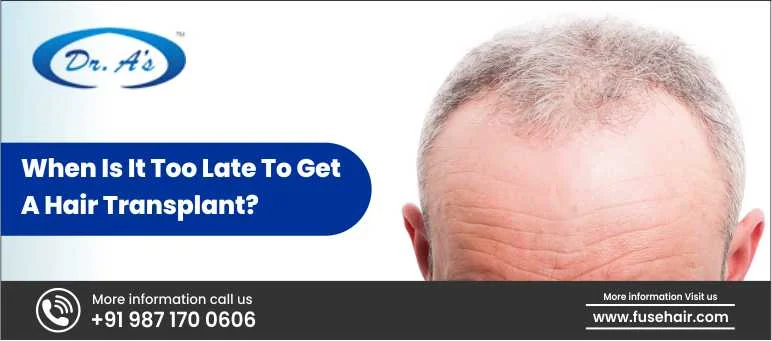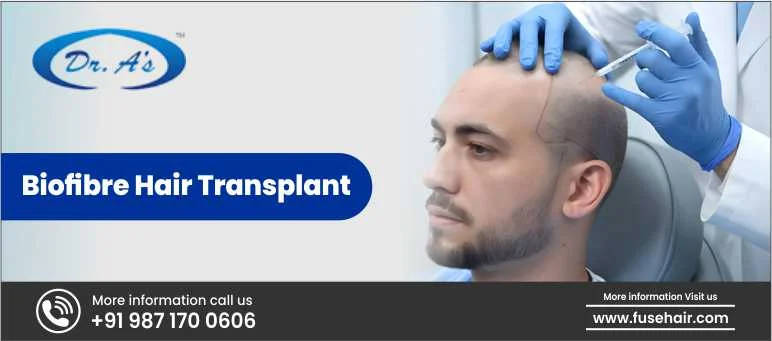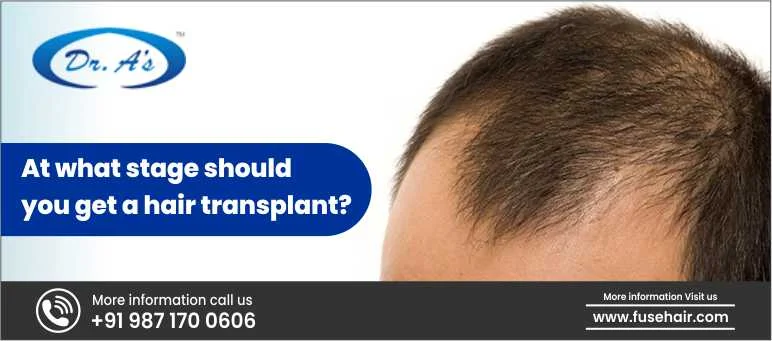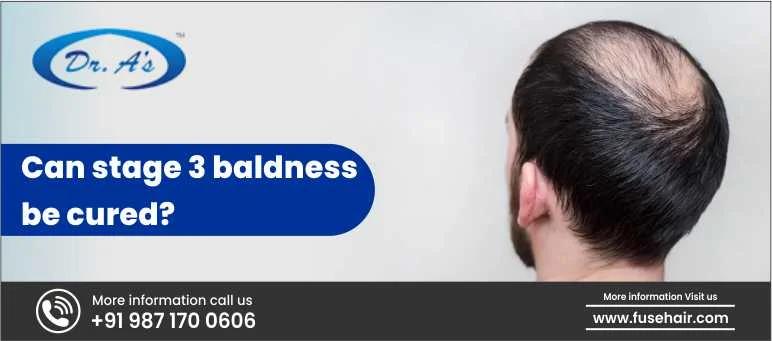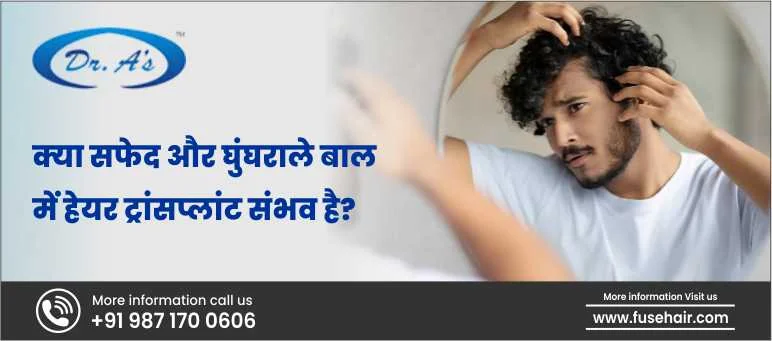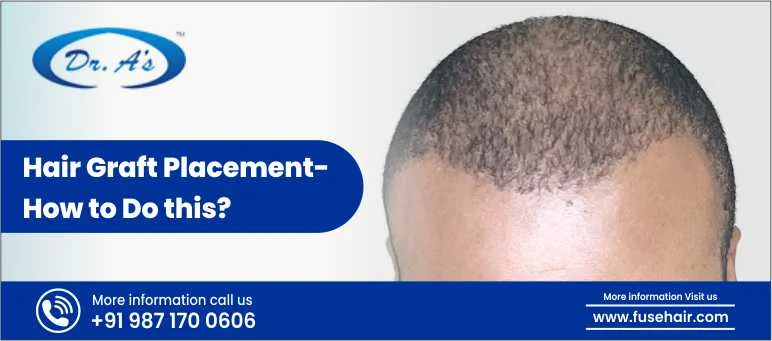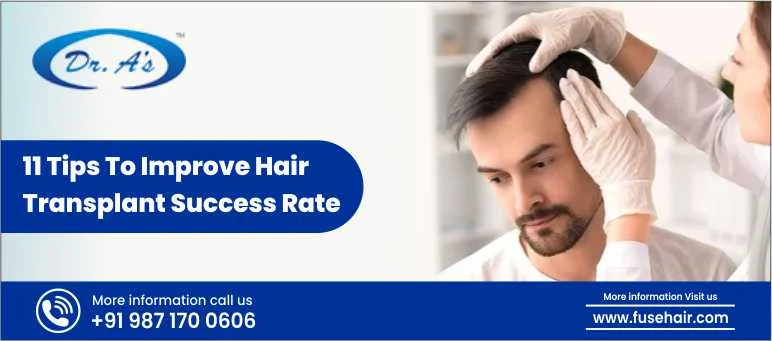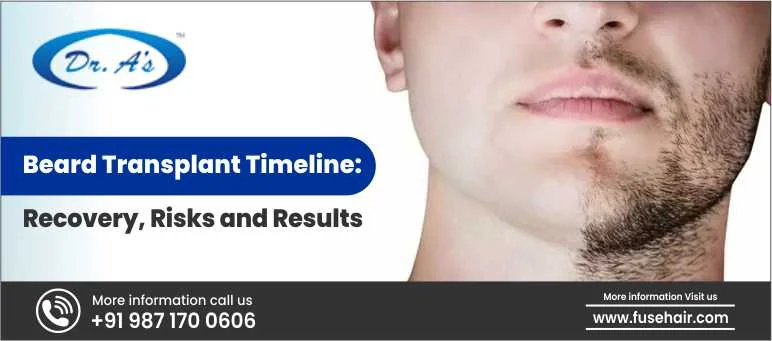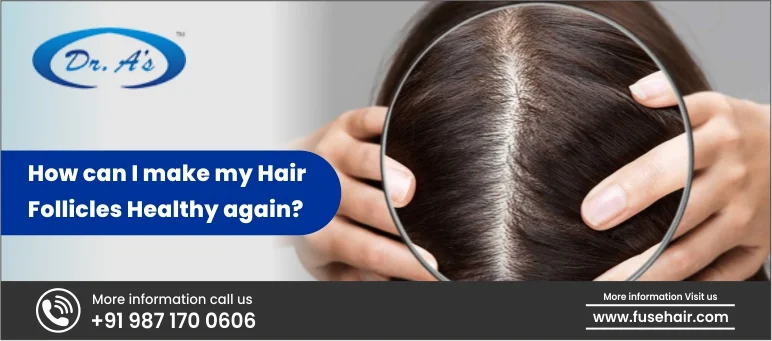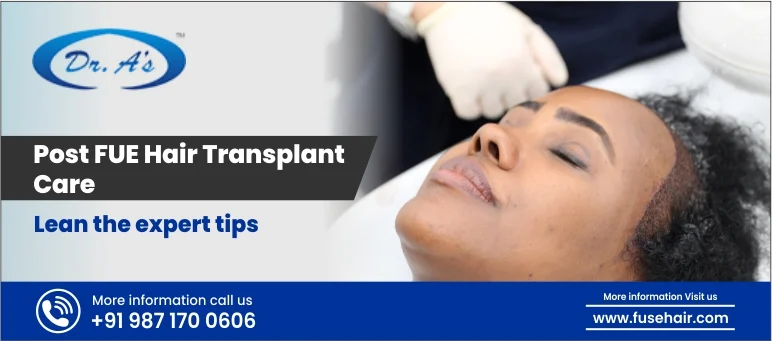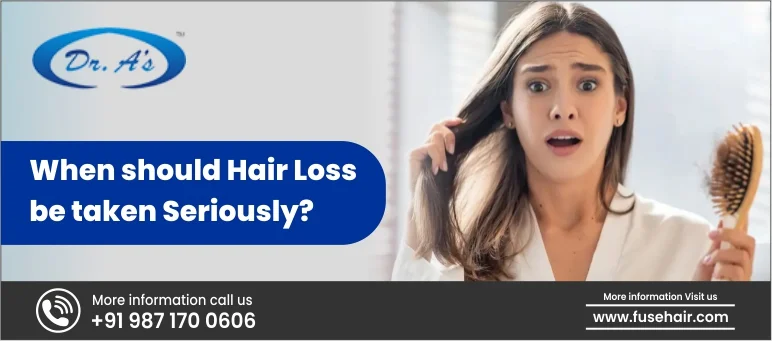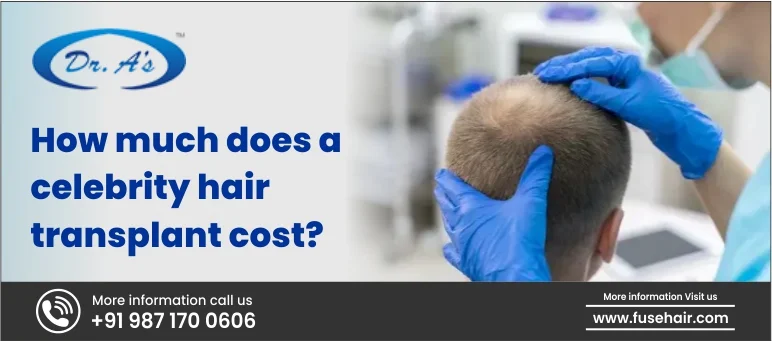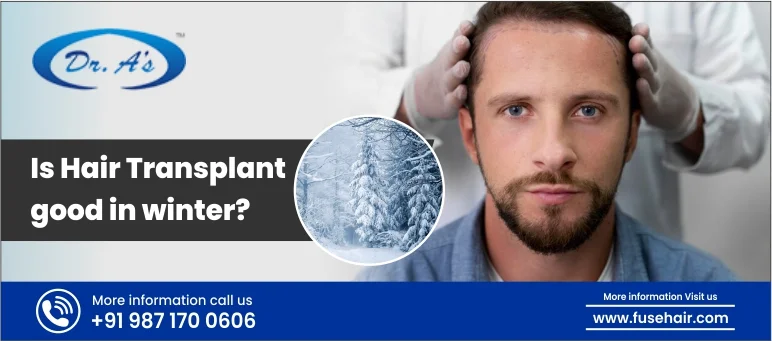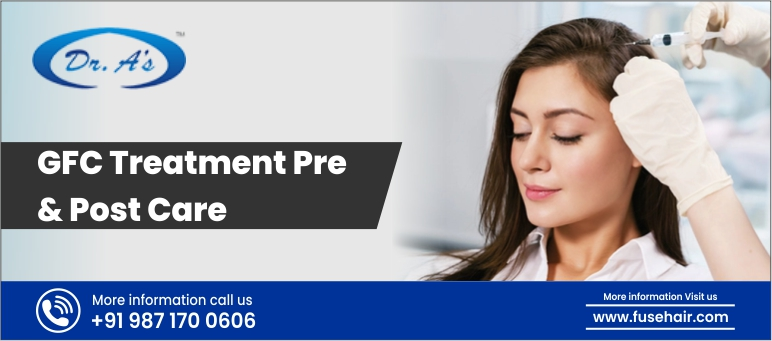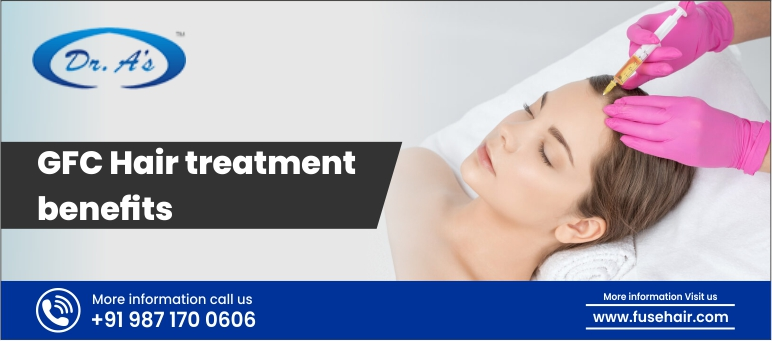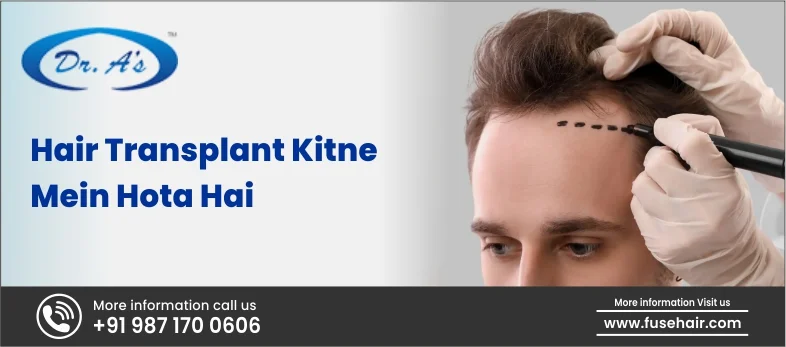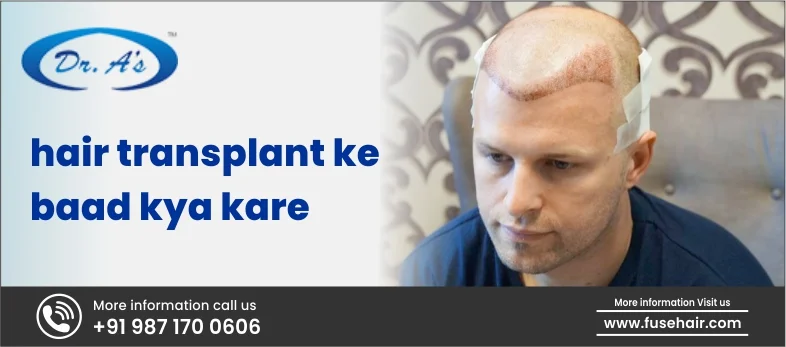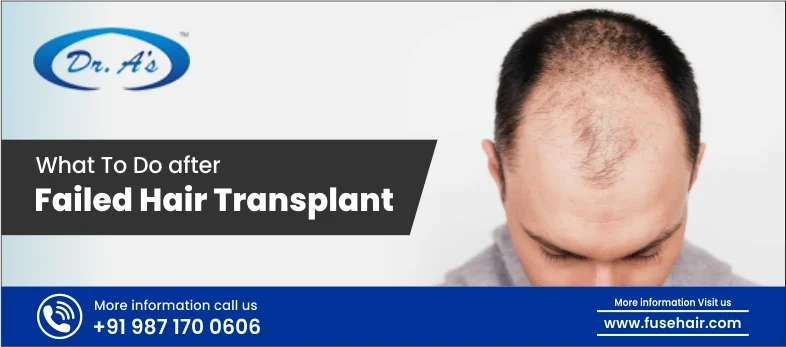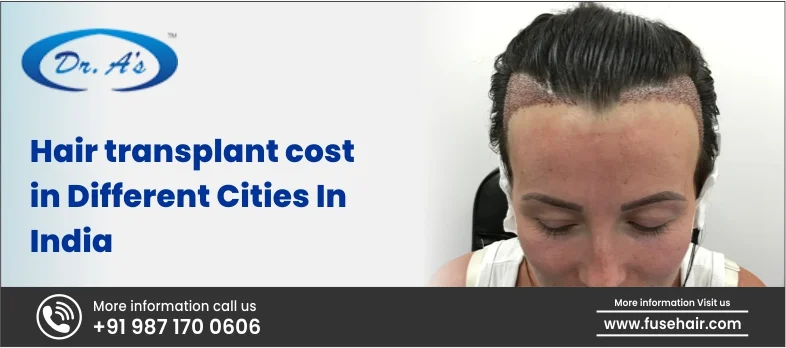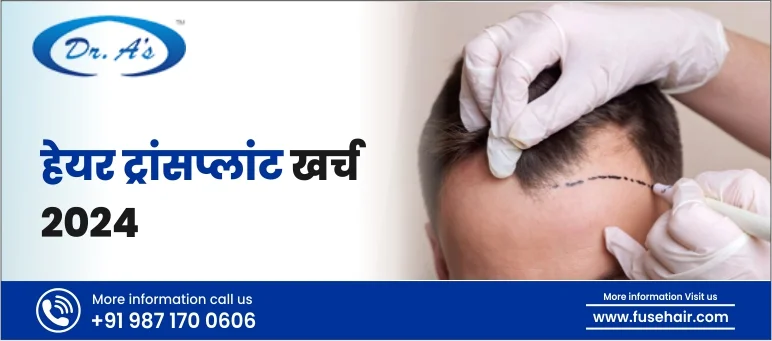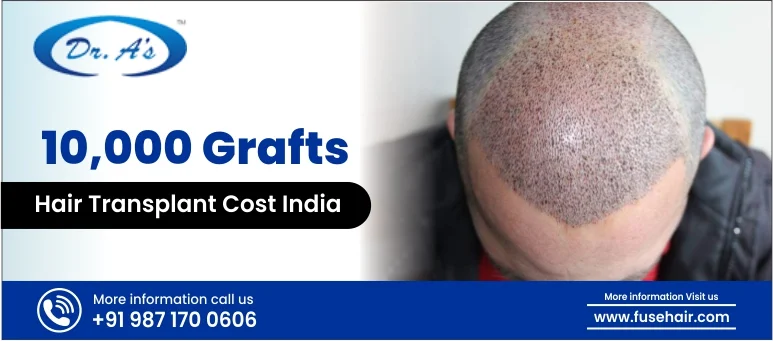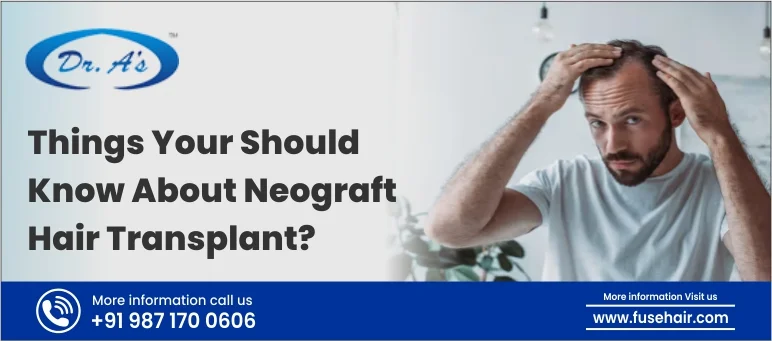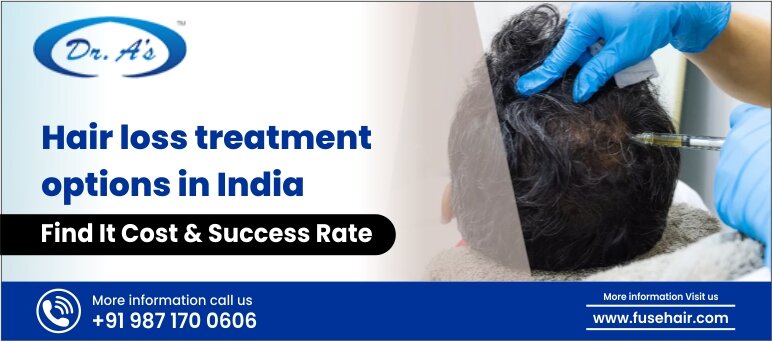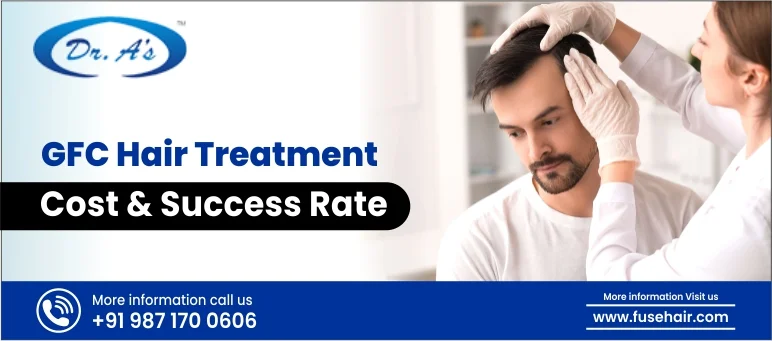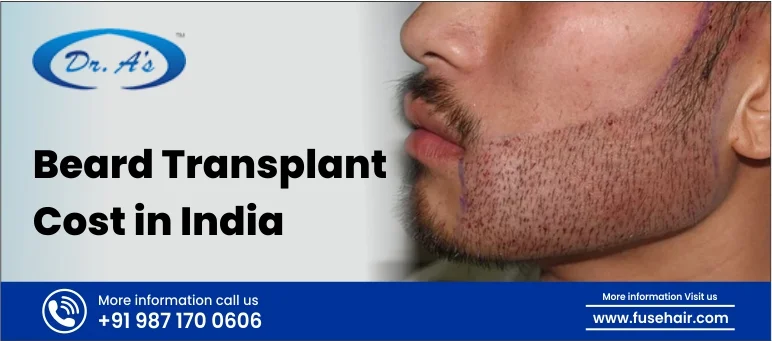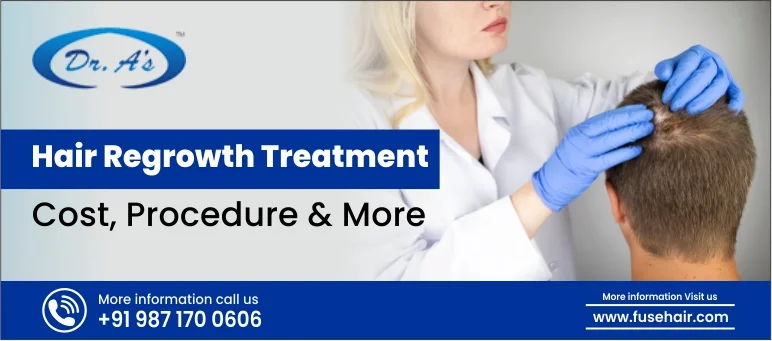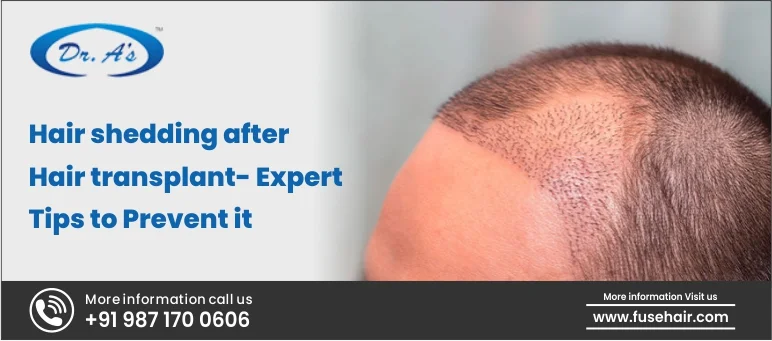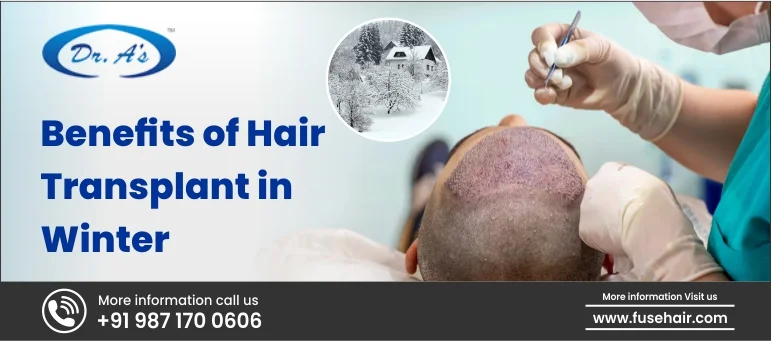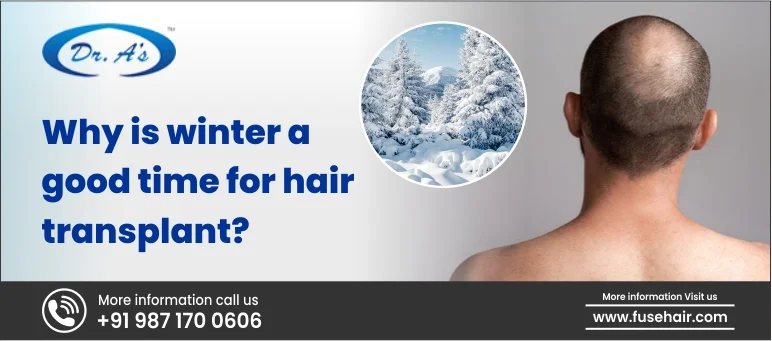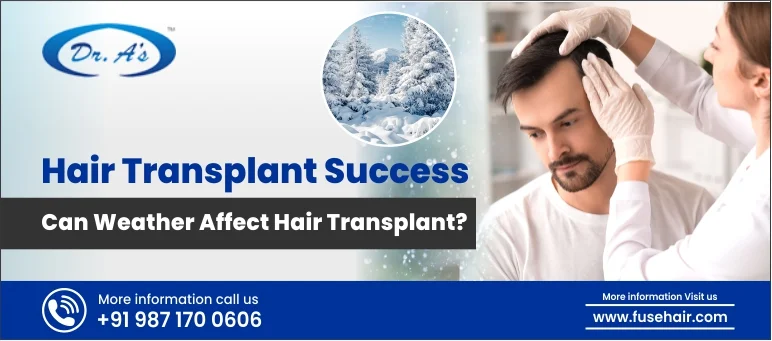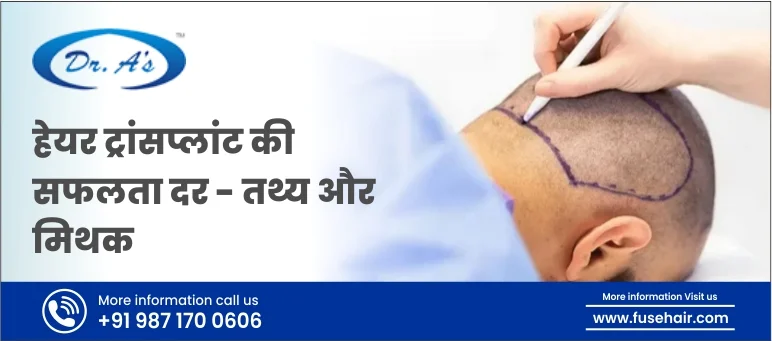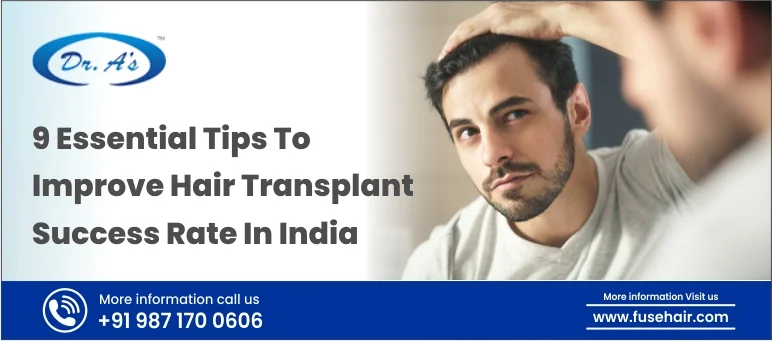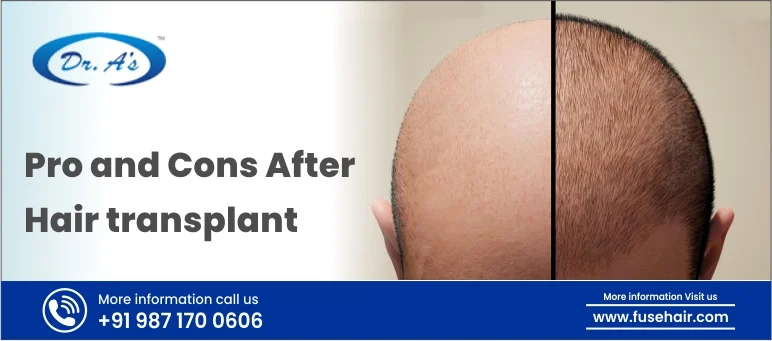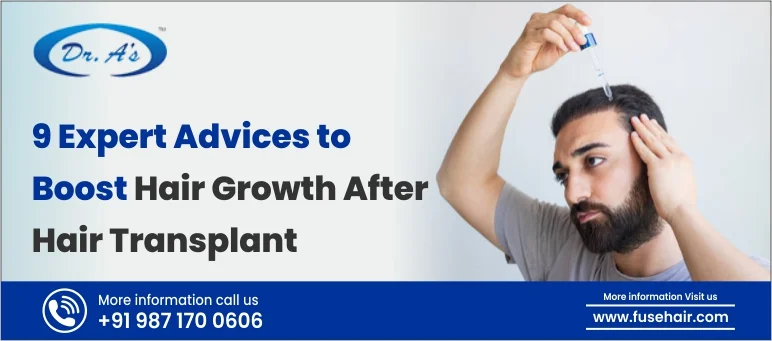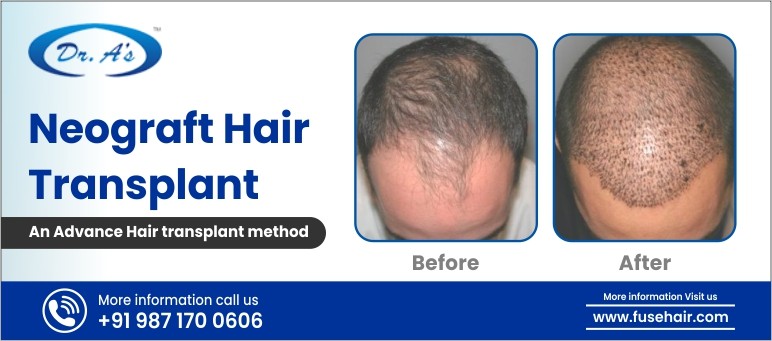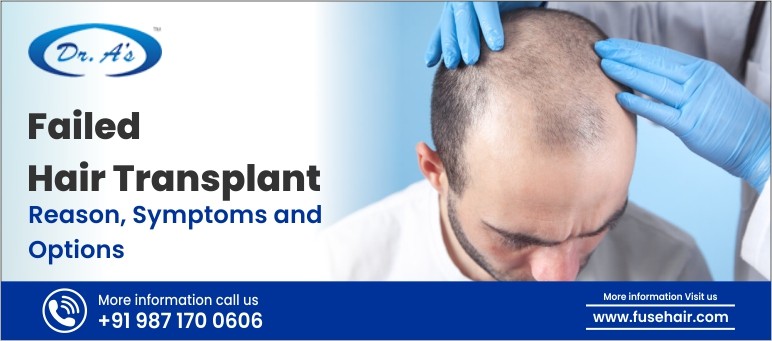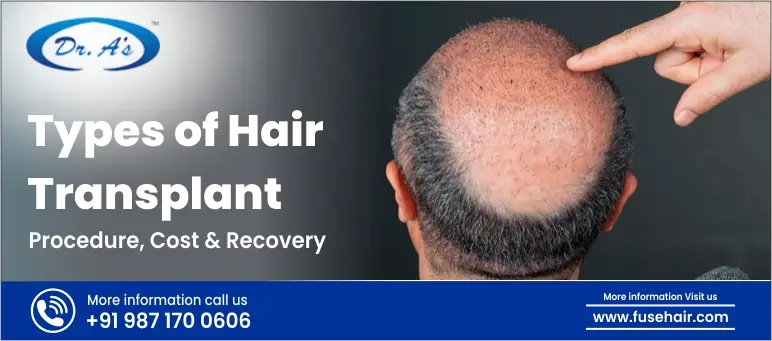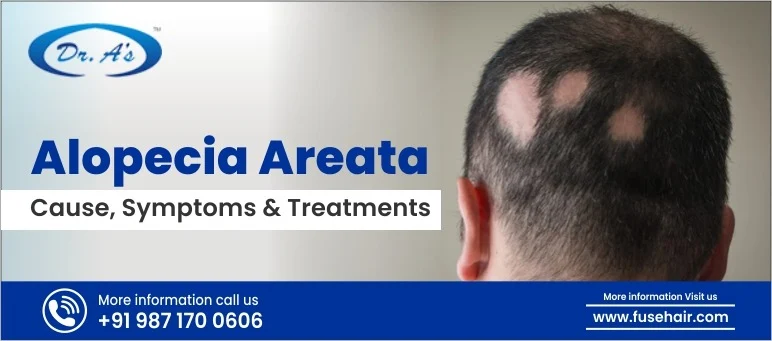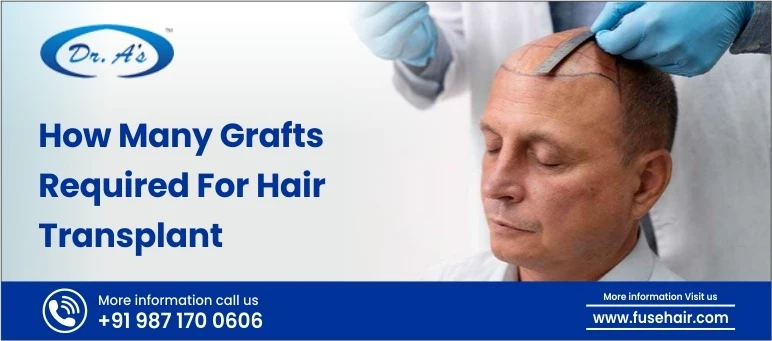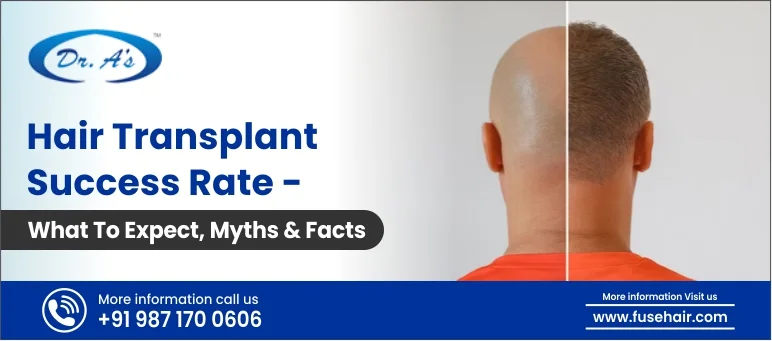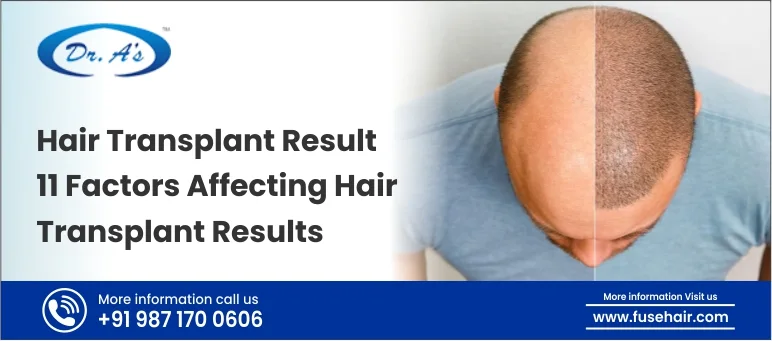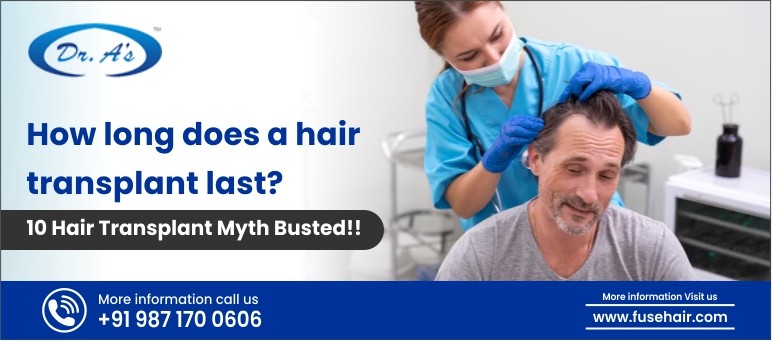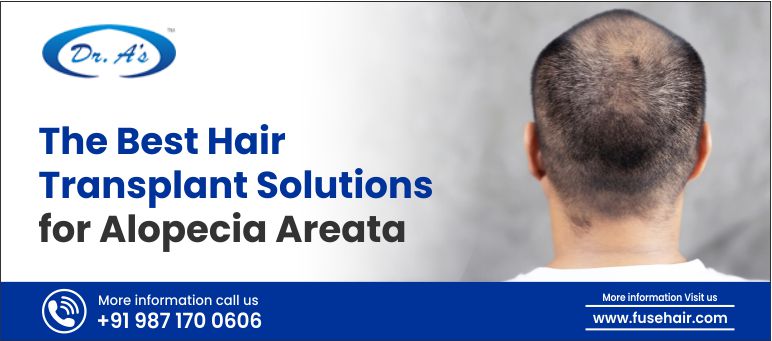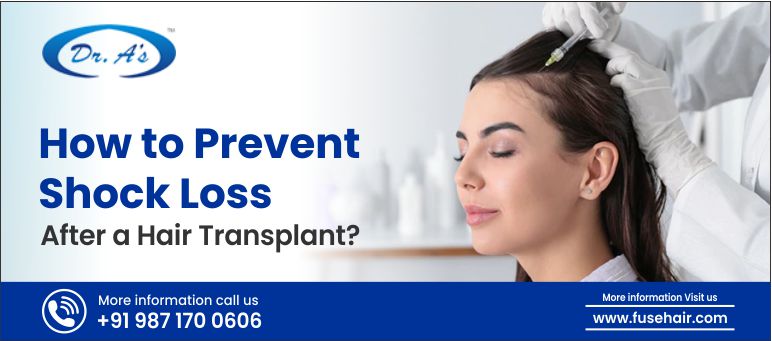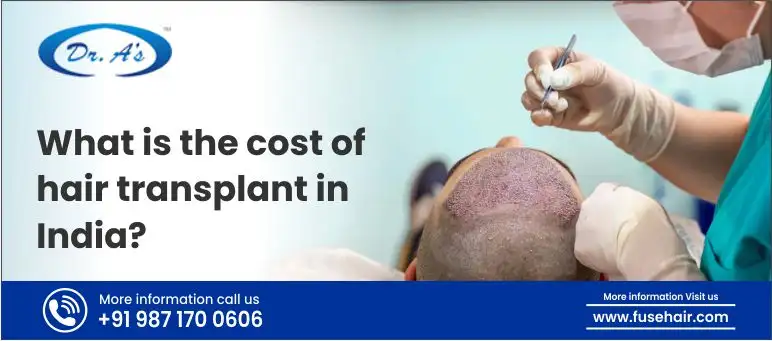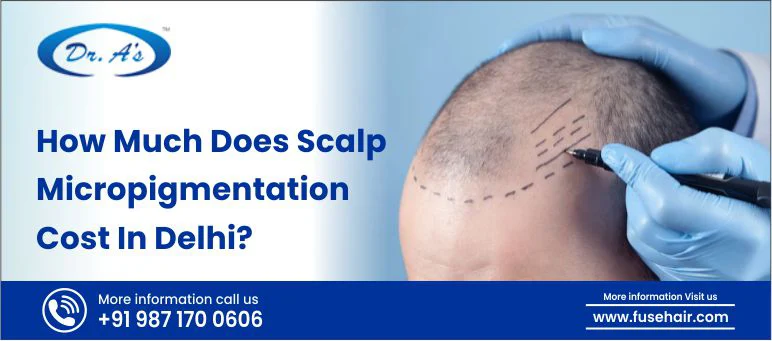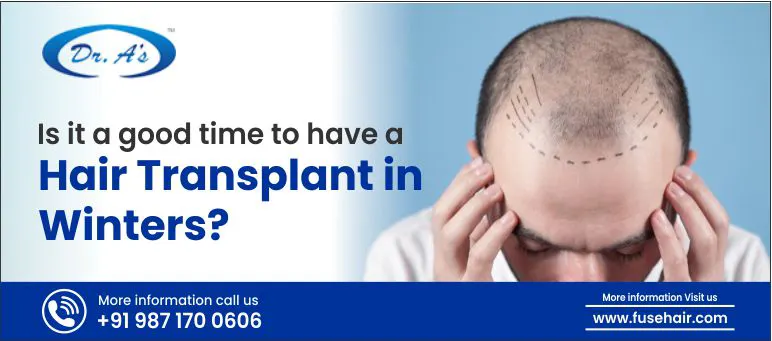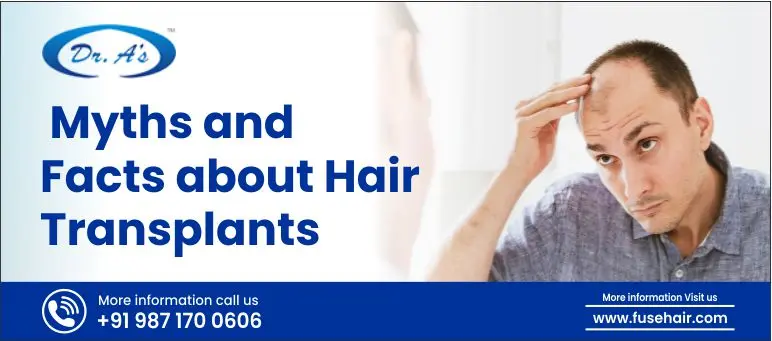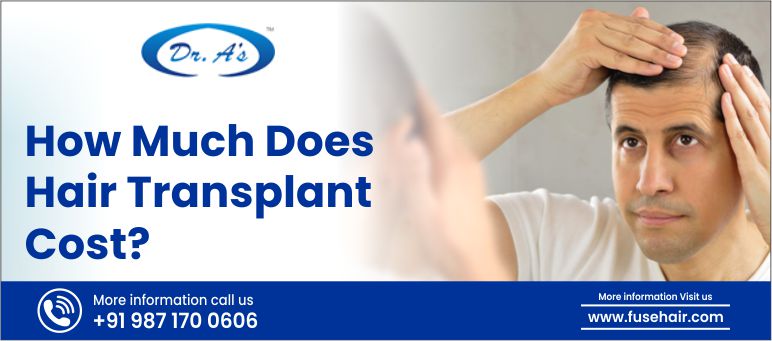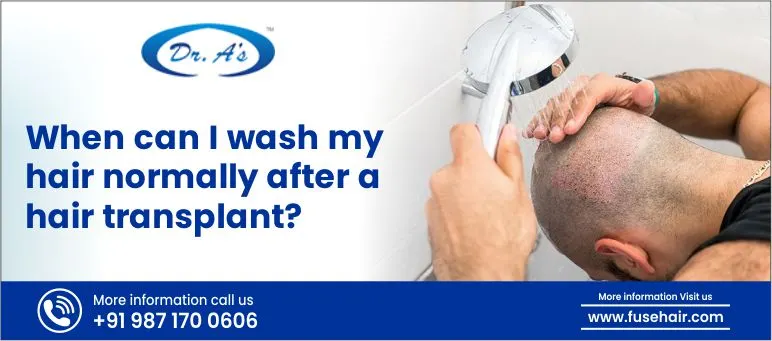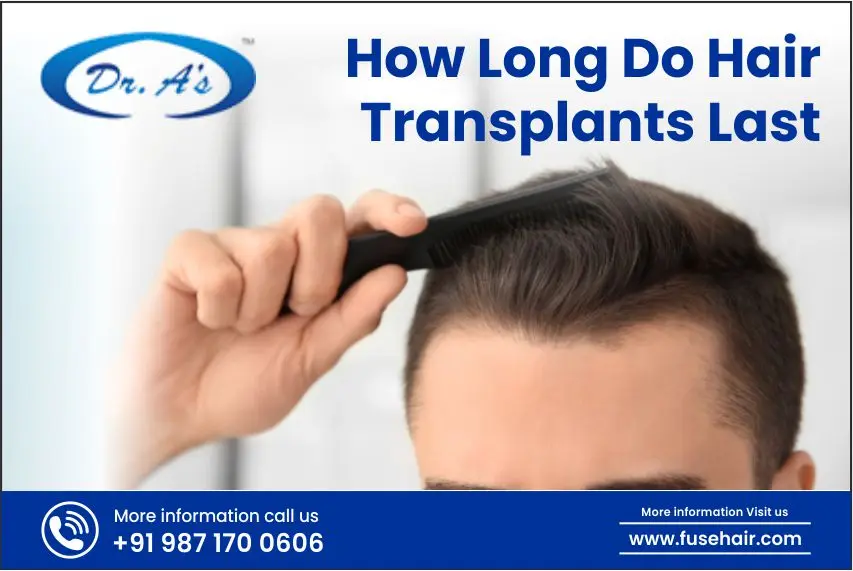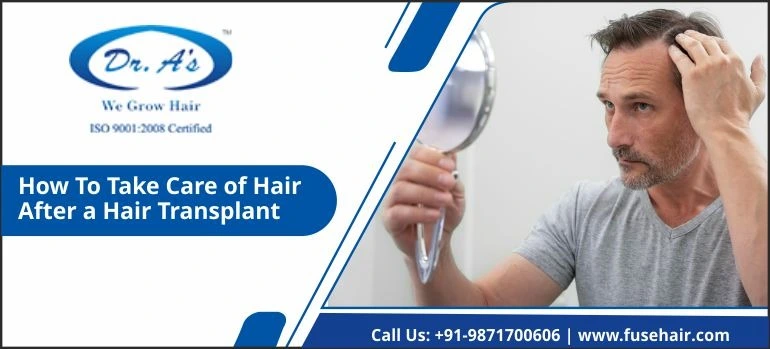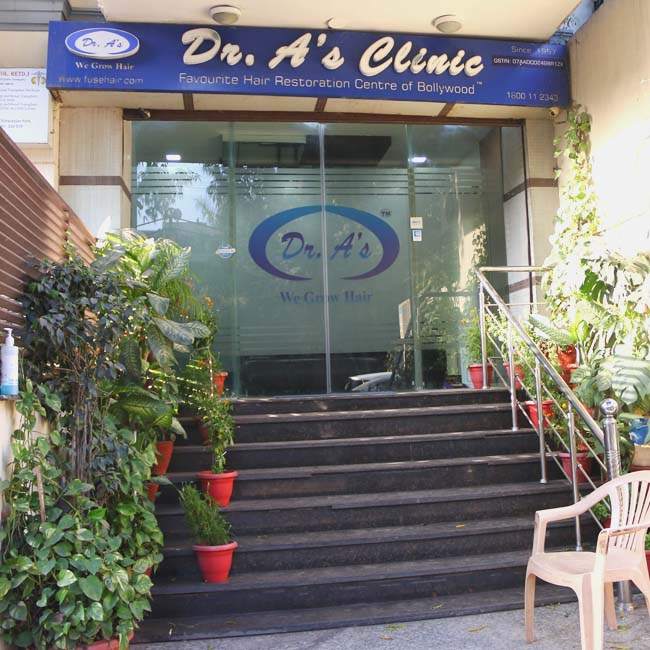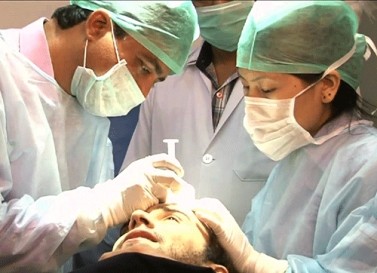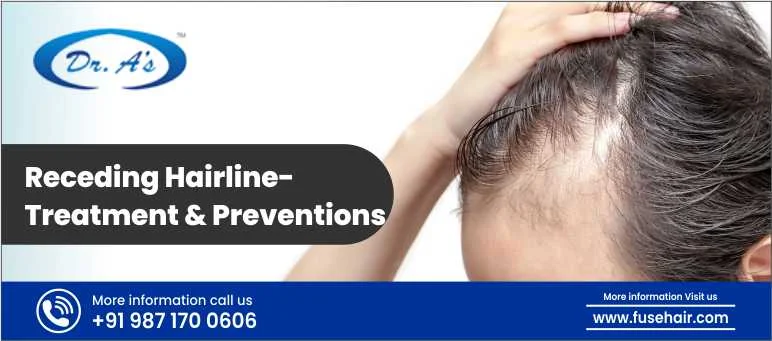
A receding hairline can be troublesome for both men and women. It is a confidence-altering experience. It may begin subtly with a slight thinning at the temples or a gradually widening forehead. If left unaddressed, it can lead to more significant hair loss. Today’s medical advancements, fortunately, offer a wide range of hair transplant solutions. Effective treatment and prevention methods are now available for those in the early stages or further along.
Dr. A’s Clinic provides the best hair transplant in Delhi, offering trusted expertise for those seeking hairline restoration. Our cutting-edge solutions are backed by years of clinical success and patient satisfaction.
This article talks about receding hairlines and how they happen. You will also know about the available treatment options as well as prevention techniques.
Understanding A Receding Hairline
A receding hairline is the progressive loss of hair along the frontal scalp. It usually starts at the temples and moves backward. While it is often associated with male pattern baldness, it can also affect women. It is most common in postmenopausal women or those experiencing hormonal changes. These are the factors that contribute to a receding hairline:
- Genetics: Hereditary hair loss (androgenetic alopecia) is the most common cause. If hair loss runs in the family, chances are higher that one might experience it.
- Hormones: Elevated levels of dihydrotestosterone (DHT), a derivative of testosterone, bind to hair follicles and cause them to shrink over time.
- Lifestyle: Poor diet, high stress, lack of sleep, and smoking can exacerbate hair thinning.
- Medical Conditions: Thyroid problems, scalp infections, or autoimmune disorders like alopecia areata can also play a role.
Seeing more hair on your pillow than usual and visible thinning at the temples are signs you should recognize from early on. Changes in hair density are also red flags. Acting on time ensures timely treatment before irreversible damage happens.
Treatments For A Receding Hairline
A variety of treatments are now available to slow and stop, as well as reverse a receding hairline. This is all thanks to advancements in dermatology and cosmetic procedures. There are both simple OTC products and sophisticated surgical techniques available for this. Dr. Arvind Poswal suggests the following modes of treatment for a receding hairline:
-
Medical Treatments
Medical treatments are really convenient for people who are in the early stages of hair loss. These are the medical treatments for a receding hairline:
-
Minoxidil (Topical)
Minoxidil is an FDA-approved topical solution or foam. It promotes hair growth by enhancing blood flow to hair follicles. It can be applied directly to the scalp. The solution revives dormant hair follicles and extends the growth phase of hair. If you are in the earlier stages of hair thinning, it is particularly effective. What is great is that you can obtain and use this solution without a prescription. Continuous use of minoxidil is important to maintain results. Noticeable changes usually appear after 3-6 months.
-
Finasteride (Oral)
Finasteride is an oral prescription medicine. It inhibits the production of DHT in the body. Blocking this hormone further helps Finasteride reduce follicle shrinkage. Its best quality is that it can reduce hair loss while promoting regrowth. Finasteride best works for baldness in men. A consultation with a healthcare provider is important before you take this medicine. This is so that any potential side effects like sexual dysfunction and hormonal changes can be prevented.
-
Non-Surgical Options
Non-surgical treatments are becoming really popular amongst people who want to see productive changes without undergoing surgery. These methods are generally safe and non-invasive. They can also be used while you go through with medical treatments. Here are some popular non-surgical options:
-
Low-Level Laser Therapy (LLLT)
LLLT uses laser light at specific wavelengths to stimulate blood circulation and cellular metabolism in the scalp. As a result, the hair follicles are better nourished, and the growth phase of the hair cycle is prolonged. This therapy includes the use of devices like laser helmets or combs. Consistent low-level laser therapy appointments over a few months have helped many users enjoy improved density and shine.
-
Platelet-Rich Plasma (PRP)
PRP is a regenerative treatment. It utilizes the body’s natural healing mechanism. A small amount of blood is drawn and centrifuged to isolate platelet-rich plasma. It is then injected into the scalp. The platelets release growth factors that can stimulate hair follicles that have been lying dormant. We at Dr. A’s Clinic offer advanced platelet-rich plasma therapy with concentrated formulations to maximize the regenerative benefits and promote visible hair growth in thinning areas.
-
Scalp Micro Pigmentation
Scalp Micro Pigmentation is essentially a cosmetic procedure. It involves implanting pigment into the scalp to mimic the appearance of hair follicles. People with very short hair or extensive balding can benefit from the illusion of a fuller head. The process does not regrow hair but does enhance the aesthetic appearance with low maintenance.
-
Surgical Options
Individuals with significant hairline recession or long-standing hair loss find surgical hair restoration to be the most effective route. These are the top surgical methods:
-
Follicular Unit Transplant (FUT)
Follicular Unit Transplant (FUT) is also known as the strip method. It involves removing a thin strip of scalp from the donor areas, like the back of the head. This strip is then dissected into follicular units and implanted into the balding regions. This technique allows for high graft yields in one session. It also allows for excellent long-term results. Recovery after the process is just minor scarring, which is usually concealed under longer hair.
-
Follicular Unit Extraction (FUE)
FUE is a widely preferred method. This is because it is minimally invasive in nature. Follicular Unit Extraction involves the individual extraction of hair follicles and implanting them into thinning areas. These hair follicles are individually planted for an even spread. It results in a natural-looking hairline. Recovery is faster and there is no linear scar in this method. FUE is best for those who like to keep a short hairstyle and seek subtle, gradual results over time.
-
Follicular Unit Separation Extraction (FUSE)
Our founder, Dr. Arvind Poswal, is the very own proprietor of the FUSE or Follicular Unit Separation Extraction method. This is a refined technique of individual follicular extraction. It allows for precision and minimal scarring. In FUSE, hair follicles are extracted from other parts like the beard, back, or other hair-dense areas in the body.
This allows for successful transplantation even if donor hair is absent in the scalp. It also has a quicker recovery period. FUSE is appropriate for patients having bald patches and who are looking for advanced cosmetic outcomes with minimal downtime. The expertise of Dr. A’s Clinic in FUSE technique has placed us at the forefront of modern hair transplantation in India.
Those looking for the best hair transplant often find our FUE, FUT, and FUSE services very effective in terms of technique and artistry.
-
Supplementary Remedies
These are not substitutes for clinical treatment, but they can help create a favorable environment for hair growth while you undergo main treatments.
-
Essential Oils
Oils like rosemary and lavender have shown effectiveness. They can stimulate blood circulation and maintain scalp health. You can mix them with carrier oils like coconut or jojoba. This mixture can be massaged into the scalp 2-3 times a week.
-
Good Diet
A good diet with protein and vitamins is important for hair health. You should also prioritize iron and zinc in your diet. Try to eat more eggs, spinach, nuts, and fish in daily meals. Poor diet is one of the leading causes of brittle hair and slow growth.
Preventing A Receding Hairline
Preventive care and help delay the onset of a receding hairline. This can even reduce its severity. Establishing healthy habits from early on can help you sustain a strong and fuller hairline.
-
Scalp And Hair Care Routine
Gentle care is really important. Do not overwash hair, and try not to use hot tools like straighteners as much. Also, make sure your shampoos and conditioners do not have sulfates. This is important if you wish to perform hair care without stripping the hair of its natural oils. Tight hairstyles like ponytails or buns can stress the hairline too. Avoid them as much as possible.
-
Stress Management
Stress is a common cause of hair loss. Chronic stress increases cortisol levels. This can negatively affect the hair growth cycle. Engaging more in physical activity and meditation can help you deal with stress better.
-
Nutrition And Hydration
Hair needs hydration and nutrients just like other parts of the body do. Drink at least 2-3 liters of water every day. Ensure your meals have a range of vitamins and minerals, along with healthy fats. These are really important for long-term hair growth and scalp nourishment.
Signs You Need To See A Hair Transplant Surgeon
These signs may indicate that you need to consult a professional hair restoration surgeon:
- You notice visible thinning or a bald patch forming.
- Your hairline continues to recede despite using medications or lifestyle changes.
- Hair loss is beginning to affect your mental health or self-confidence.
- You are experiencing uneven hair patterns or loss due to scars or prior trauma.
- You desire a permanent, natural solution with personalized results.
The first consultation at Dr. A’s Clinic involves a detailed scalp analysis. We also help formulate a treatment roadmap. If you are starting to lose hair or are ready for a transplant, Dr. Arvind Poswal’s expert evaluation can help you make the best decision for your hair’s future.
Conclusion
A receding hairline does not have to be the end of your confidence. Advancements in hair science ensure everyone can manage and get their hair loss treated. With surgical solutions and non-invasive therapies, there is a solution for every person’s needs.
Under the leadership of Dr. Arvind Poswal, Dr. A’s Clinic continues to set the standard in hair restoration with its comprehensive approach toward a receding hairline. Our early intervention and dedicated care plans can make all the difference for you.






